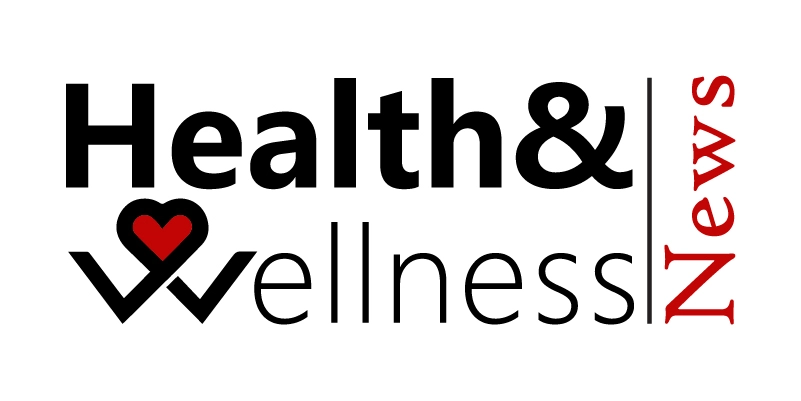Healthy Eating Plate: The Ultimate Guide To A Fresh Diet
Many of us need a reminder of what it means to have a balanced diet, away from fast food. If you’re unsure what a balanced diet is, we won’t take it against you. There has been a buzz in recent years about superfoods and subscription services that charge through the nose for their service.
Harvard University created the Healthy Eating Plate as a visual aid to educate and motivate kids and adults to eat healthily and stay active. With the visual tool, you can use it to lose weight, improve your mood, prevent chronic pain/diseases, and increase your energy all at once.
Following federal government guidelines, the guide below includes what constitutes a balanced diet.

Fruits & Vegetables (1/2)
The two groups of foods should make up about half of your plate. Fruit should make up slightly less than ¼ of your plate. Dieticians recommend you not go for the canned variety – but fresh from the farm. This is because canned foods contain excess sugars that may affect your daily calorie intake. The sugar may also lead to weight gain & blood sugar spikes.
Proteins (1/4)
This group provides essential amino acids for building the body. You risk missing out on essential body functions if you do not have sufficient amounts. Proteins come from various sources; many dieticians recommend mixing animal and plant proteins in equal measure.

Carbohydrates (1/4)
They are essential for providing energy (calories), nutrients, and high fiber. It is recommended to consume the food group in its most unprocessed state. The most accessible carbohydrates include whole grains(rice, corn), barley, wheat, and potatoes.
